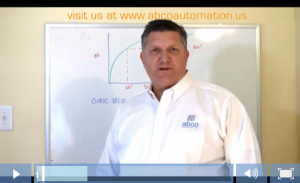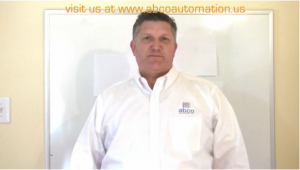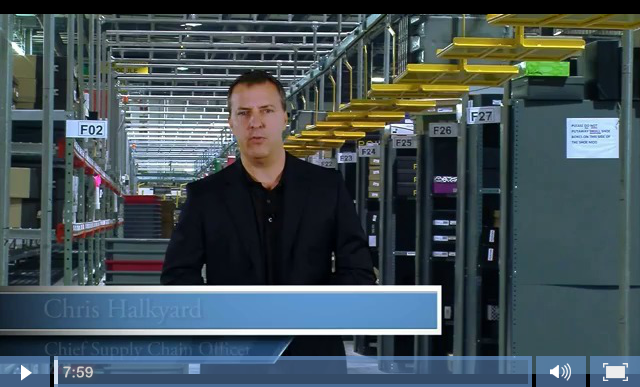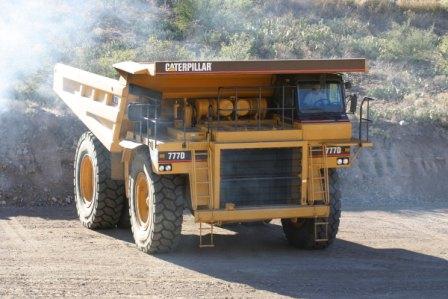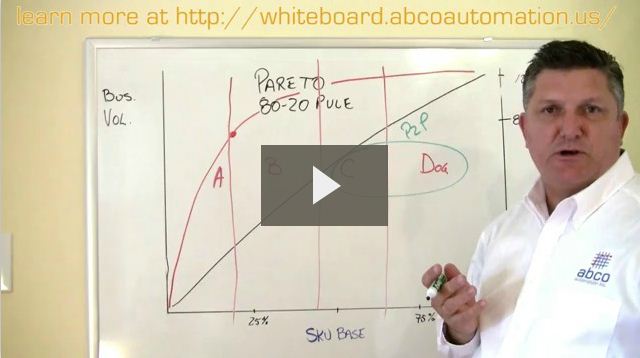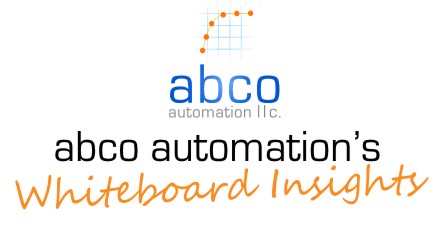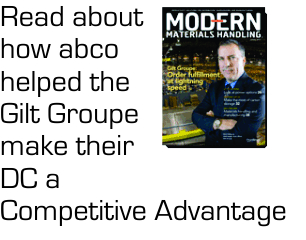Transcript for Omni-Channel Distribution.
Hi I am Cory Flemings and welcome back to whiteboard insights. All the market today is a buzz with this new term omni-channel distribution or multi-channel distribution. I know for me it is embarrassing when people start talking about something and I don’t know what they are talking about.
So I wanted to talk very briefly what is omni-channel distribution , or multichannel distribution and why does it matter and how can you be a hero in your company if you figure out how to deal with this.
So what is it? Basically it is this; I am a company and I have a product line that I send out wholesale orders let’s say to Wal-Mart or Macy’s, I am a clothing manufacturer for example. And I send product out to Wal-Mart or Macy’s distribution centers and I have to send it out to my own retail stores I have stores out there in the marketplace and I have to distribute to them as well. And all because Al Gore invented the Internet we have direct market customer s or e-com, where I have a facility set up specifically to deal with this.
Now how did we get into this mess? Mostly this one box that is important, back in the day when the Internet was first invented somebody came up with the idea. Hey we can sell stuff on the Internet the problem with that though was that everyone was concerned about whether it was safe or not to use your credit card on the Internet now .
Nobody really has concerns about using the credit card on the Internet, in fact this box, the direct market, or e-com box has really started to grow in size to the equal to or even eclipse the box for retail and by box I mean a different distribution center.
When we was first started with direct market campaign a lot of companies took a wait and see attitude they stood back and said well what not sure if this will work so lets make up a little box over here give it a little bit inventory and will sell things out of this facility.
As time has gone business become huge so now we have cost for a wholesale distribution center or operation with cost for retail and a direct market.
What are those costs? Well let’s do the math. Let’s say our average product cost around five dollars apiece and we sell say 250,000 pieces a day and you have to carry 30 days pieces of inventory on hand.
This works out to be about $37.5 million just in inventory carrying costs that is to say I have inventory here in retail and I have it in this facility and it has to be the same inventory. I have duplicated inventory In both buildings which are worth about $37.5 million a month.
Add to this cost the cost of real estate, that I have to either lease or buy, I have my power costs, I have my labor costs at taxes and fees so every time I add another distribution center box I incur all these costs.
So one of the ways you can be a hero in your company is to find out how can I take two of these boxes or even all three and smash them together into one building so that I’m using one set of inventory for wholesale, retail and e-com, all at the same time if you can figure out how to do that you’ll be a hero, in your company.
And you can potentially save your company as much as $37.5 million a month that’s a lot of money. The next part of the series part two we are going to talk about are the issues involved with doing that you have to deal with or consider in order to combine these operations into one.
But quite frankly if you don’t want to watch the second part of this video you can just call us at 858 206-2015 and we will give you the answer. Thanks for much for watching

